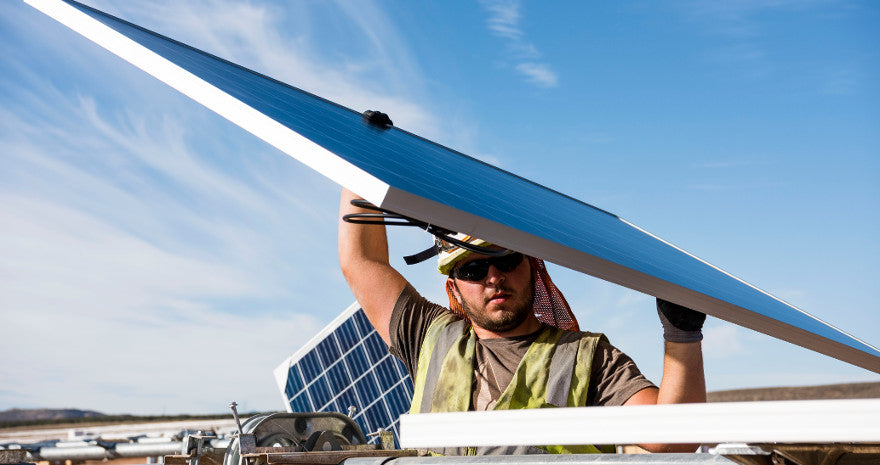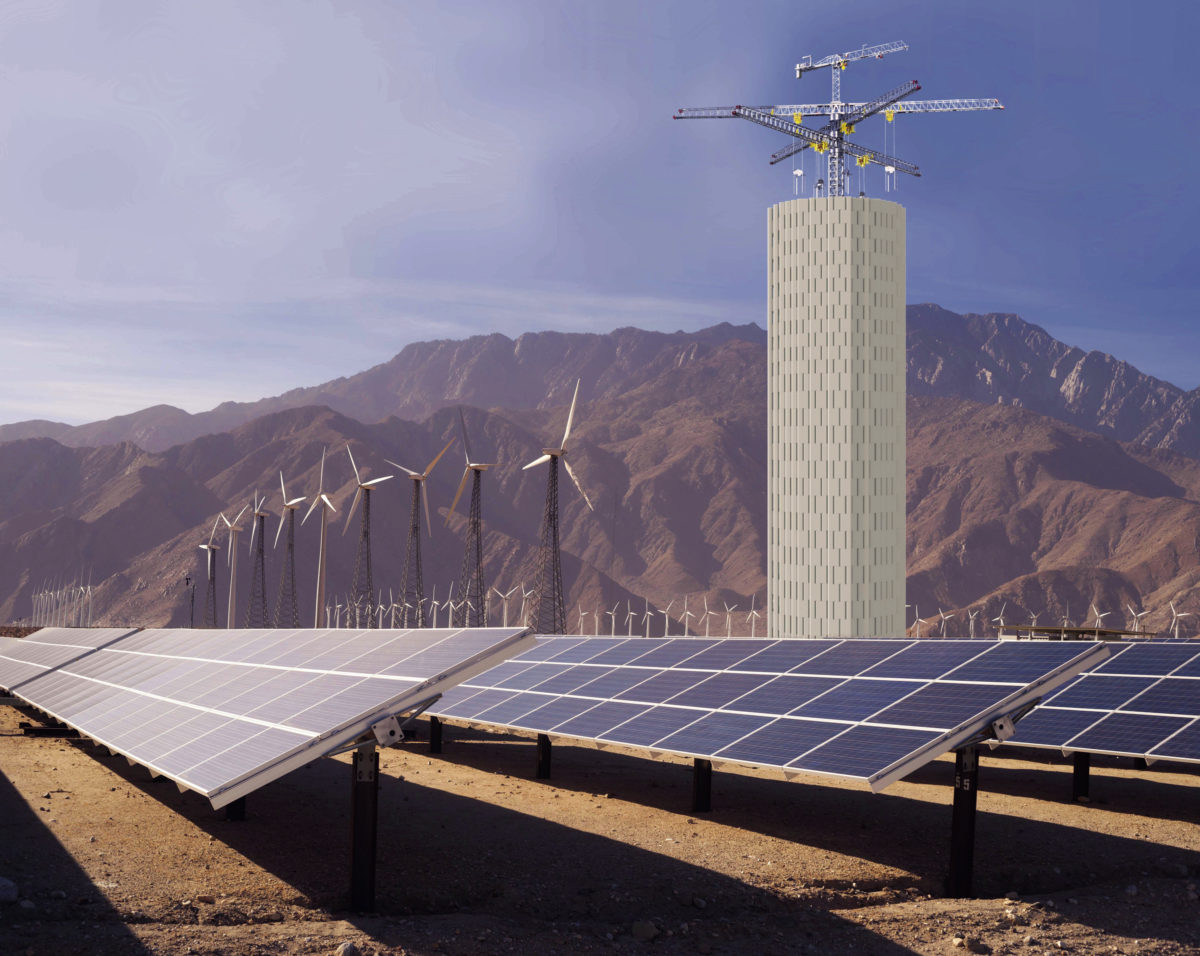https://www.pv-magazine-australia.com/2022/09/20/solar-pv-employed-about-3-4-million-people-in-2021/

Image: Swinerton Renewable Energy
The energy sector employed more than 65 million people in 2019, or 2% of global employment, according to the new World Energy Employment Report published by the (International Energy Agency) IEA. Half of this workforce is employed in the clean energy sector, with solar PV employing more workers than any other power generation technology.
According to the report, power generation employment totalled 11.2 million in 2019, comprising 3 million in solar PV, 2 million in coal power, and 1.9 million in hydro. Onshore and offshore wind power employed 1.2 million and nuclear power 1 million. Employment in other renewables totalled about 710,000 employees.
The agency estimates that employment in the entire energy sector in 2021 was up by about 1.3 million and could increase by another six percentage points by 2022, with clean energy accounting for all of the growth. Energy investment could rise by 8% in 2022, reaching $3.57 trillion (US$2.4 trillion), but with almost half of the increase in capital spending linked to higher costs.
About 3.4 million workers were employed in solar PV in 2021, almost half of which were in China, enabled by lower-cost labour, according to the report. North America employed about 280,000 workers and Europe over 260,000. There were about 50,000 people working in the solar industry in Africa, with this number set to grow due to the proliferation of on- and off-grid solutions in the continent, the agency said.
Most employees in the industry work in manufacturing and installation of new capacity, with manufacturing jobs being strongly concentrated in a few countries: China alone accounted for 260,000 workers in the production of polysilicon, wafers, cells, and modules.
“Residential solar panels are often installed by construction workers and electricians who also work on other projects, such that many solar PV jobs are not full-time, and it can be difficult to count employees accurately,” the agency noted.
Shortage of skilled labor poses a major challenge for the industry, which is expected to see continuous growth in annual capacity installation in every IEA scenario.
About US$215 billion was invested in the industry in 2021, an annual average growth of 5% over the previous decade, according to the report. Total installed capacity worldwide stood at 740 GW in 2019, comprising 425 GW of utility-scale installations and 315 GW of residential and commercial and industrial (C&I) installations.

Image: Lightsource bp
Construction of new projects, including manufacturing of components, is reportedly the main driver of employment across the energy sector, employing over 60% of the workforce. Industries with a higher share of workers in construction, like solar, have lower wage premiums than industries like nuclear, oil, and gas, according to the report. The solar industry also has less trade union representation than fossil fuel industries, where labour representation has led to higher wages.
According to the IEA’s Net Zero Emissions by 2050 Scenario, 14 million new clean energy jobs will be created by 2030, with another 16 million workers shifting to new roles related to clean energy. In this scenario, about 60% of new employees will require at least two years of post-secondary education, making worker training essential to the sustainable development of the industry.
The report also shows that currently women are strongly under-represented in the energy sector, accounting for 16% of the sector’s workforce, compared to 39% of global employment.
“Women make up a very small share of senior management in energy, just under 14% on average. However, there is substantial variation among energy sectors, with the percentage shares in nuclear and coal the lowest at 8% and 9%, respectively, whereas electric utilities are among the highest with nearly 20%. This compares with 16% of women in senior management economy-wide,” the report says. There are no major differences in the share of women’s employment between fossil fuels and clean energy globally.
This content is protected by copyright and may not be reused. If you want to cooperate with us and would like to reuse some of our content, please contact: editors@pv-magazine.com.
<



